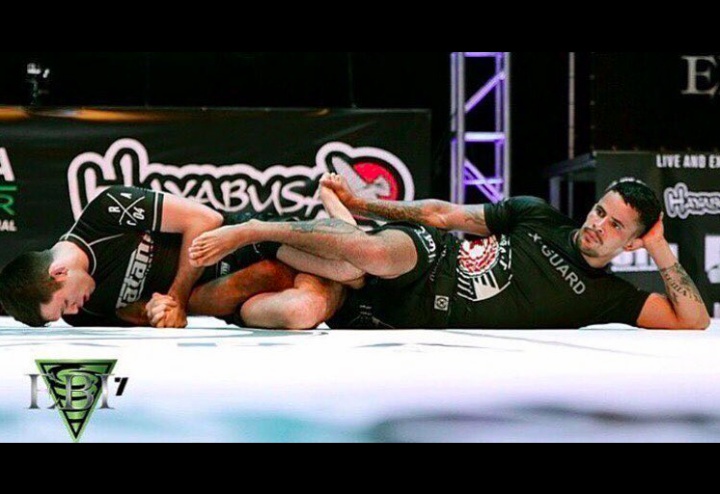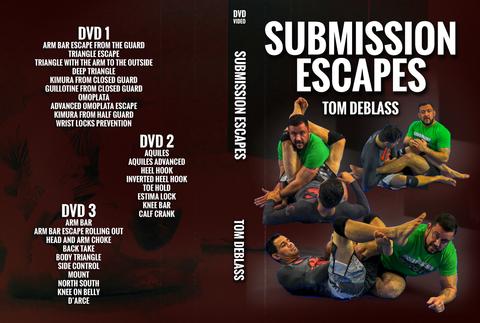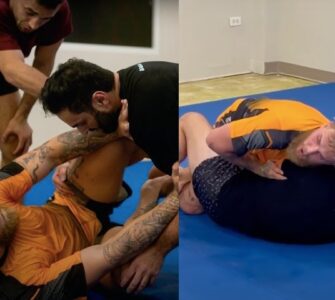Photo: Rafael Domingos at EBI.
Guest post by Dr Kickass, Mike Piekarski, a Doctor of Physical Therapy, Former MMA Fighter, Brazilian Jiu Jitsu brown belt. Follow him on instagram.
How to heelhook-proof your knees!
The heel hook is one of the most devastating submissions in grappling. The vicious joint lock specifically attacks the ligaments in the knee. What can you do to protect your knees?
1. Learn the proper defense and escape the submission. Always your first priority.
Rafael Domingos not worried by a heel hook attempt at EBI…
2. Make sure you have the proper knee mobility.
The heel hook works by rotating the tibia on the femur. If you have restricted tibial rotation then ligaments will be challenged earlier. With a restriction you will have less of an opportunity to tap to avoid injury.
❗️NOTE: This does not mean attempting to stretch your ligaments! Ligaments are designed for stability!
3. Strengthen your knee ligaments.
How do you strengthen your ligaments?
A ligament is connective tissue composed of collagen and elastin. Like muscles this tissue adapts to stress, however at a much slower rate.
“The primary stimulus for growth of tendons, ligaments, and fascia is the mechanical forces created during exercise. The degree of tissue adaptation appears to be proportional to the intensity of exercise. Consistent anaerobic exercise that exceeds the threshold of strain stimulates connective tissue changes.(Baechle & Earle 2008).”
This means heavy resistance training: Squats, lunges, rear-foot elevated split squats. Ligament strengthening responds slower than muscle, therefore you will need to incorporate long term strength training to prevent further injuries.
I’ve discussed strengthening, therefore I’ll now address mobility.
The knee should have at 40-50 degrees of tibial rotation between both external and internal rotation when your knee is bent to 90 degrees of knee flexion.
1. Put your heel on the ground while actively trying to rotate.
keep your hip from moving.
2. Look for any asymmetries between each leg.
Note: if you have increased laxity or excessive motion DO NOT mobilize. The knee ligaments are designed to be STABLE, if they get stretched too much they cannot do their job and become useless.
If you have limited tibial rotation how can you improve it?
This is a general joint mobilization for the knee to improve bending and rotation. This gentle distraction force will open up the joint capsule and should be held for 30-60 seconds. You can add active tibial rotation movements to specifically target that motion.
3. Test – perform – retest to see if there is a change.
.
Don’t let your range of motion restrictions leave you vulnerable to a potential knee injury.
❗️Note: the goal is not to make you impervious to the submission but to buy you time to escape the leglock or tap before injury occurs.
If you want to learn escapes from everywhere and add a layer of confidence to your bjj game we highly recommend Submission Escapes by Tom DeBlass:


















